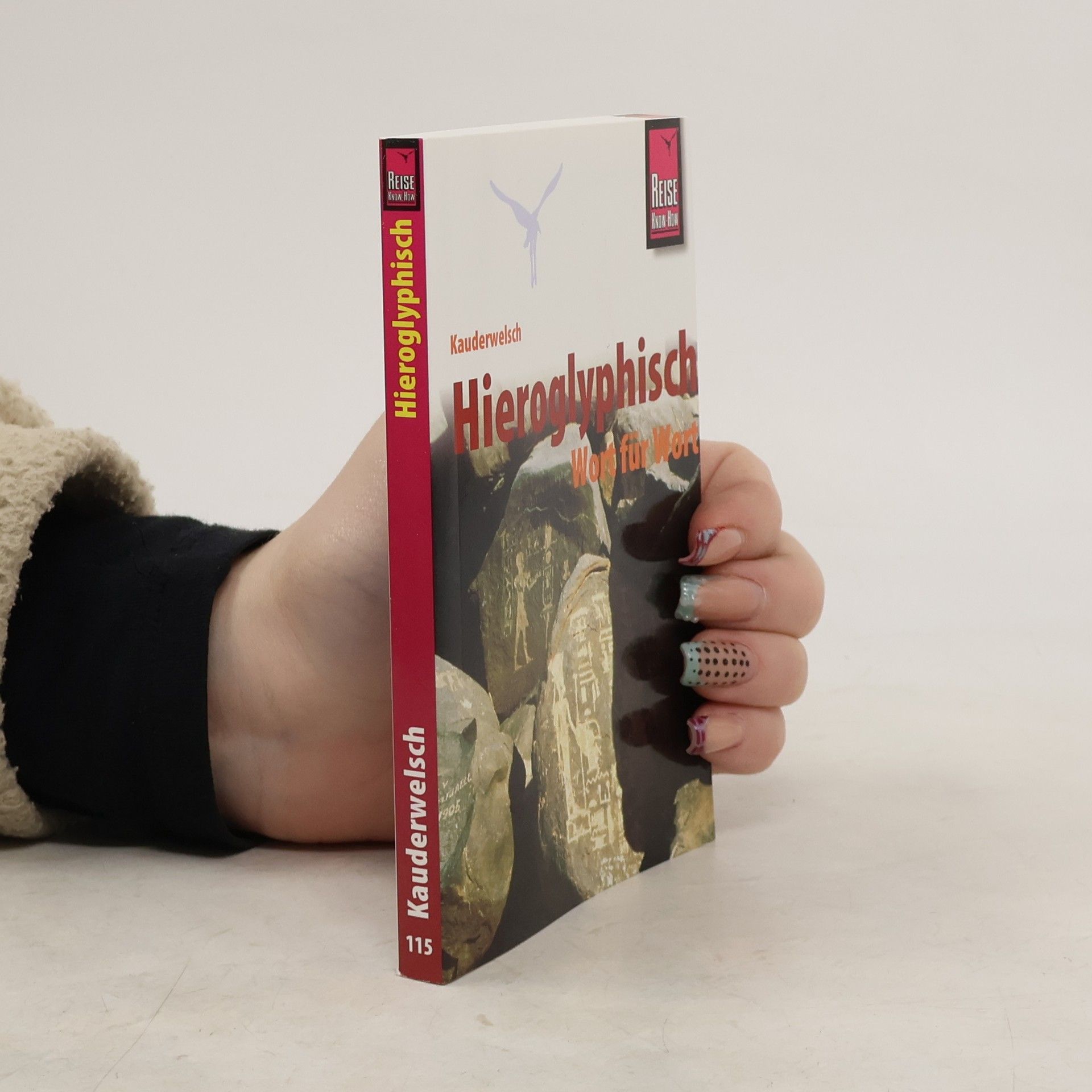Dieses Buch stellt die ägyptische Sprache und Hieroglyphenschrift der Ramessidenzeit auf einfache und unkonventionelle Weise dar und erfordert keine speziellen Vorkenntnisse. Die Sätze im Konversationsteil des Buches sind nicht frei erfunden, sondern - wo nötig mit leichten Veränderungen - antiken Originalquellen entnommen. Sie stammen aus Briefen und Erzählungen, die vor drei Jahrtausenden auf Papyrusblättern oder Ton- und Steinscherben niedergeschrieben und in der Neuzeit von den Ägyptologen wieder entziffert wurden. +++ Kauderwelsch Sprachführer bieten einen schnellen Einstieg in fremde Sprachen und vermitteln Wissenswertes über Land und Leute. Alle fremdsprachigen Sätze im Buch werden zusätzlich zur sinngemäßen Übersetzung ins Deutsche auch einmal Wort für Wort übersetzt. Dadurch wird das Verständnis für die fremde Sprache erleichtert, und einzelne Wörter lassen sich schnell austauschen. Die Grammatik wird kurz und verständlich erklärt, soweit es für einen einfachen Sprachgebrauch nötig ist. Das Wörterbuch am Ende hält einen Grundwortschatz und wichtige Begriffe für Reisende bereit. Kauderwelsch Sprachführer von Reise Know-How: handlich, alltagstauglich, für über 150 Sprachen.
Carsten Peust Livres
1 janvier 1968
